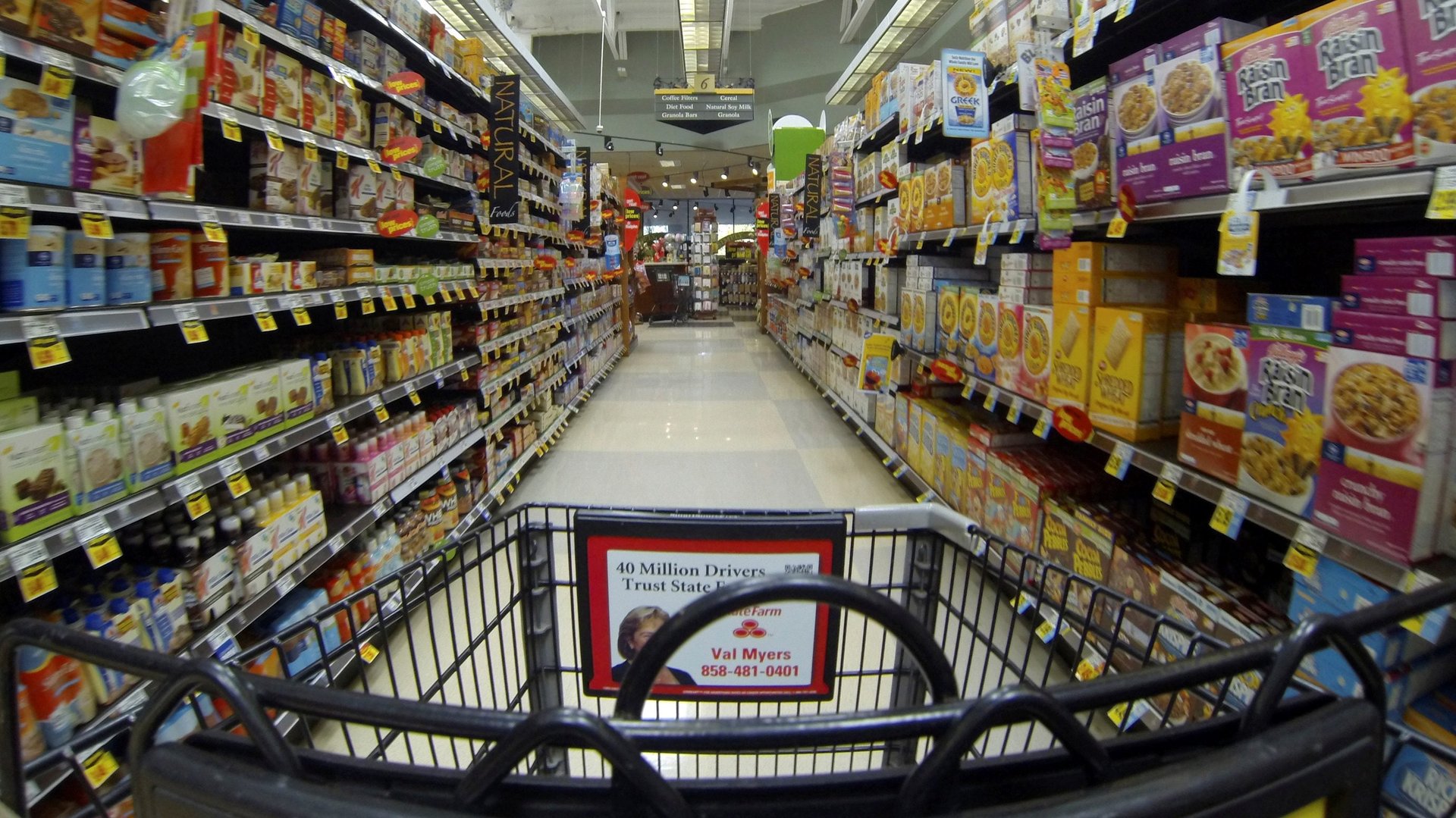US inflation is no longer just about used cars
US consumer prices rose at the fastest pace in 30 years in October, as pandemic-related supply chain issues and surging demand lifted prices of everything from gasoline to homes by an overall 6.2% from last year.


US consumer prices rose at the fastest pace in 30 years in October, as pandemic-related supply chain issues and surging demand lifted prices of everything from gasoline to homes by an overall 6.2% from last year.
After slowing down for three months, inflation is accelerating again, fueling concerns that prices could spin out of control and interrupt the US recovery. Compared to September, inflation jumped by 0.9% in October, a rate not seen since June.
Back then, a single item, used cars, was largely behind the increase in the overall rate. This time around, prices for almost everything went up, with energy, in particular, accounting for a big portion of the monthly rise. The across-the-board increases will impact more Americans, but like the surge in used car prices, they are the result of temporary disruptions that are likely to fade, most observers say.
Why were prices higher in October?
The jump in energy prices—they were up 4.8% on the month—was mostly due to a 12.3% increase in fuel oil (used to heat, cook, and power appliances) caused by lower inventories. Meanwhile, more expensive beef helped drive food prices 0.9% higher. Excluding those food and energy, prices rose by 0.6% on the month.
The cost of housing—which makes up more than a third of the index—remained elevated, with rents increasing by 0.4% on the month. Even as building materials, including lumber, cooled off over the summer, price increases for other home supplies—such as garage parts and microwaves—kept home prices high.
Inflation for these items should slow down as supplies normalize. That’s what happened with used car prices. In June, rental cars companies, normally big car sellers, were instead on the buying side to restock the fleets they had sold off a year earlier due to the pandemic. Meanwhile, a semiconductor shortage reduced supplies of new cars. But as those issues subsided, prices dropped. (The more recent supply chain crunch is pushing up prices for used car and trucks again.)
Energy is now suffering from a similar supply-side inflation issue as oil producing countries struggle to restock fuel inventories amid rebounding consumer demand. The issue has US president Joe Biden considering releasing oil from the nation’s emergency stockpile.
But the higher inflation rate is unlikely to veer the Federal Reserve off its course to hold steady on interest rates until the job market recovery is firmer. The central bank has said it expects supply constraints easing until mid-2022.